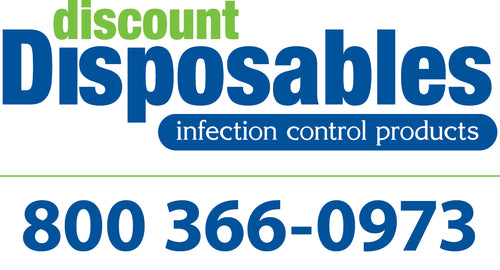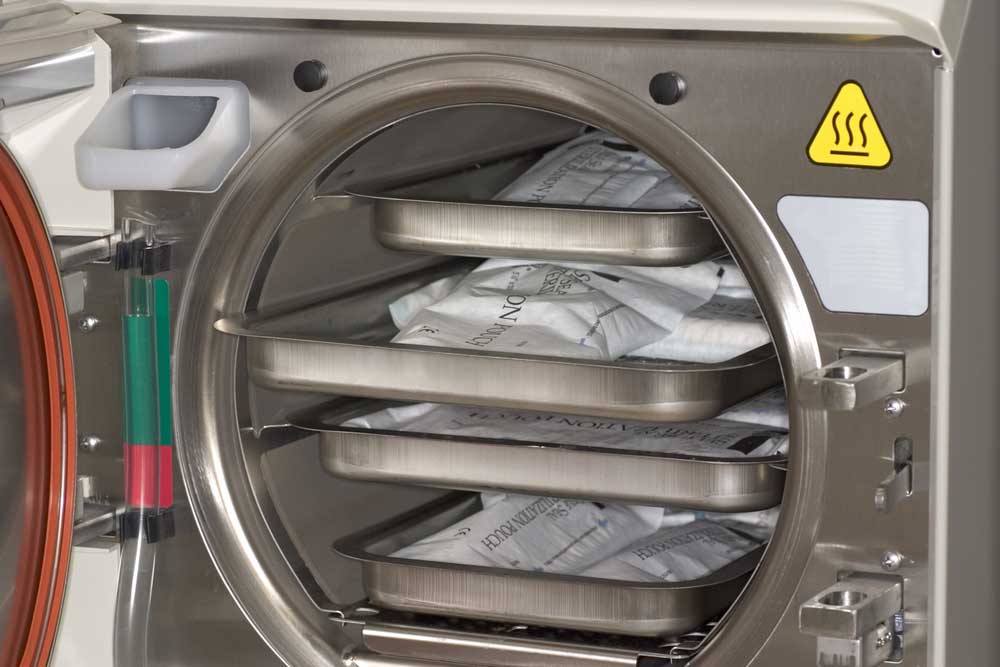Sterilizing dental instruments is one of the most important aspects of your practice. While many mindfully go through the actual procedure of sterilization, some dentists still fail to understand how the instruments should be prepared before the process.
Proper cleaning is important to make sure that adherent materials, such as blood and tissue, will not interfere with the sterilization. It's also important to prevent bacteria and harmful microorganisms from sidestepping or compromising the sterilization process which can happen if visible debris is not removed. This article serves as your refresher course on the proper ways of doing it and doing it right.
Decontaminate
Detergents or cleaning agents are important in removing visible and invisible matter from the instrument. Washing them is not very different from washing kitchen utensils. When washing instruments manually, make sure that you use a brush so you won't miss any surface contaminants. Never use a brush that has missing or bent bristles. Before the cleaning, read the instructions of the manufacturer carefully, especially if the detergent has active components that can be abrasive to the instruments or user. When doing this, make sure that you're using the appropriate personal protective equipment such as gloves or a gown.
Soaking instruments in an Ultrasonic is also an effective way of cleaning. Most ultrasonic cleaners are made from enzymatic solutions which help digest and remove blood, proteins and tissue from the dental instruments. For best results, always follow the instructions and recommendations from the manufacturer of both the ultrasonic solution and the instruments.
Rinse the instruments under running or pressurized water so that the detergent residues and organic matter will be removed.
Drying
Drain the instruments before drying them manually. Use a clean towel. When drying instruments with hinges, such as forceps, make sure that that they're lubricated before sterilization. Include in this process the checking of the quality and integrity of the instruments.
Packaging
Packaging the instruments involves organizing them in an orderly manner before putting them into a sterilizer. Cover the tips of sharp and delicate instruments. Only use packaging materials that are appropriate for the sterilizer you're using such as sterilization pouches or sterilization wrap.
Going throught the entire procedure of preparing the instruments ensures that the sterilization process will be effective. It also serves as your chance to check the instruments and their integrity. If you need help in this particular area of your practice, contact us today or browse our pages to learn more about what steriliation solutions we can offer.
800-366-0973 | info@ddicp.net



